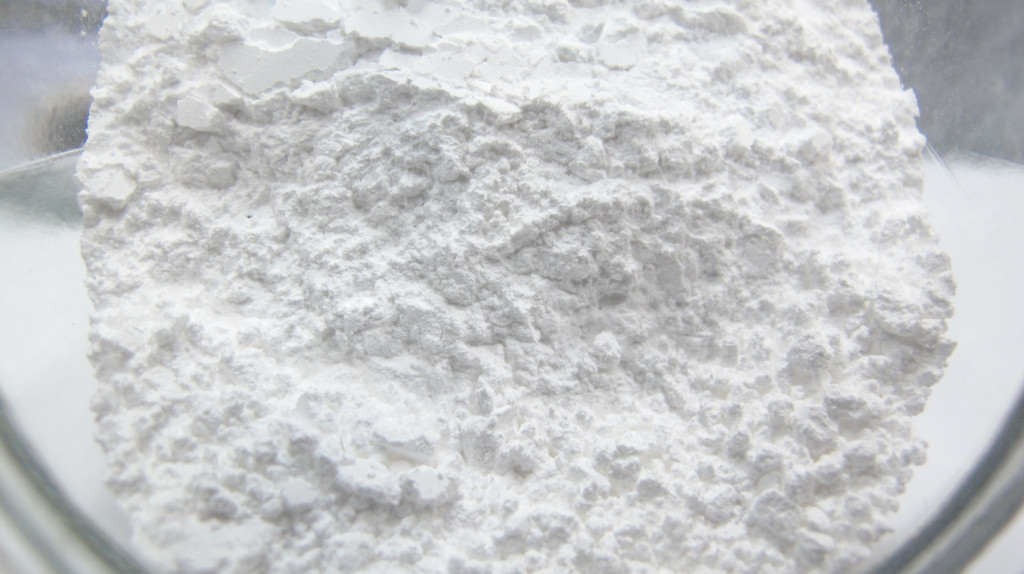Meta Polishing
Polishing our Meta world

What is Meta Polishing?
Polishing
Before understanding “meta polishing,” let’s first understand “polishing.“
olishing is a process that uses physical, mechanical, and chemical methods to reduce the surface roughness of an object, achieving a smoothing effect. Polishing techniques are mainly applied in precision machinery and optical industries. The purpose of polishing is not to improve the dimensional or geometric accuracy of the workpiece, but to achieve a smooth surface and mirror-like finish.
Meta Polishing
Ultra-precision polishing, or ultra-fine polishing, is a form of physical polishing. It uses specially designed tools and abrasive suspensions to polish various materials such as optical parts, quartz resonators, and glass by pressing them onto the surface of the workpiece with high-speed rotary motion. Its characteristics include achieving high accuracy (better than 0.1 μm), high smoothness (better than 10 nm), and minimal surface damage. This technique can achieve a surface roughness of Ra 0.008 μm, the highest among various polishing methods. It is often used for optical lens molds.
Meta Polishing vs. Standard Grinding
What is the difference between meta polishing and standard grinding?
During standard grinding, a large amount of heat and high material removal can affect the surface hardness and microstructure of the workpiece, potentially causing surface defects. Meta polishing, on the other hand, operates at a lower temperature and material removal rate, better preserving the surface characteristics of the workpiece.
In today’s rapidly advancing industries, the demand for precision is constantly increasing, highlighting the advantages of ultra-precision polishing. It not only reduces friction and extends the service life of workpieces but also decreases energy consumption and enables quieter operation.
Meta Polishing’s Features
- Achieves ultra-precision polishing on free-form surfaces
- No polishing marks even under 100x magnification
- Effectively reduces surface roughness and controls Ra value
- Reduces waviness (Wa)
- Precisely maintains excellent post-polishing surface profile
- Suitable for various materials such as electroless nickel, copper, aluminum, tungsten steel, and mold steel
Understanding “Electroless Nickel”
Traditional plating methods use electrolysis to coat a layer of metal onto the surface of the workpiece, which is known as electroplating. However, this method can result in uneven coating thickness due to variations in electric current or dead spots. If the surface of the workpiece is irregular, electroless nickel plating offers a solution.
Electroless nickel plating involves immersing the workpiece in a chemical bath without the need for an anode or electroplating tools. This surface treatment process ensures uniform coating thickness even on workpieces with deep holes, grooves, or irregular shapes.
The “meta polishing” technology developed by Honway can achieve “electroless nickel polishing.”
Characteristics of Electroless Nickel:
- Corrosion resistance: Passed 200hrs salt spray test (coating thickness: above 40μm, roughness Rz <= 1μm, metal substrate: ST52)
- Wear resistance: 10 mg / 1000 rpm (Taber test, friction roll CS10)
- High ductility: >2%
- Coating uniformity: Error margin around 10%
- High hardness: Approx. 450-640HV, after heat treatment can reach 1000-1100HV
- Electrical conductivity: Approx. 60-120 μΩ / cm
- Thermal conductivity: Approx. 0.01-0.014 cal / cm / sec / ℃
- Thermal expansion coefficient: Approx. 12.1-14.5 μm / m / ℃
Meta Polishing: The Soul of Modern Electronics Industry
Ultra-precision Machining
Ultra-precision machining has entered the nanometer level, also known as nanomachining, used to produce high-precision, high-surface-quality components. Ultra-precision polishing is one of the techniques in ultra-precision machining.
The Value of Ultra-precision Polishing
“Ultra-precision polishing” has driven the “integrated circuit revolution.” In modern electronics, the mission of ultra-precision polishing is not only to flatten different materials but also to planarize multiple layers of materials.
In the case of chip manufacturing, polishing is the final step in the entire manufacturing process. Today’s requirements for sapphire and monocrystalline silicon substrates in optoelectronics have reached nanometer-level precision, which can be achieved using ultra-precision polishing technology.
Importance of Ultra-precision Polishing in Manufacturing
How important is ultra-precision polishing in the manufacturing industry? Its application areas directly reflect its significance: integrated circuit manufacturing, medical devices, automotive parts, digital components, precision molds, various bearings, aerospace equipment.
As a highly demanding synthesis process, ultra-precision polishing must consist of both equipment and materials (polishing liquid), with neither being dispensable.
Meta Polishing for Free-form Surfaces
The application of free-form surfaces is expanding, from car bodies to LED optical reflectors. While diamond turning and fly cutting can achieve excellent surface finish, the residual polishing marks can cause distortion or stray light during focusing. Ultra-precision polishing does not leave such machining marks. The ultra-precision polishing technology developed by Macro Well successfully achieves this on free-form surfaces, with no polishing marks visible even at 100x magnification under a microscope.
In this high-tech and optoelectronics era, conventional polishing technologies can no longer meet advanced applications. Ultra-precision polishing overcomes the limitations of other machining methods, making it the soul of modern electronics.
Meta Polishing — Meta Polishing Services
To provide customers with the best and most convenient service, Honway offers customer processing services. You can now entrust your products to HOWNAY, and our professionals will provide the best meta polishing services.
代客拋光


